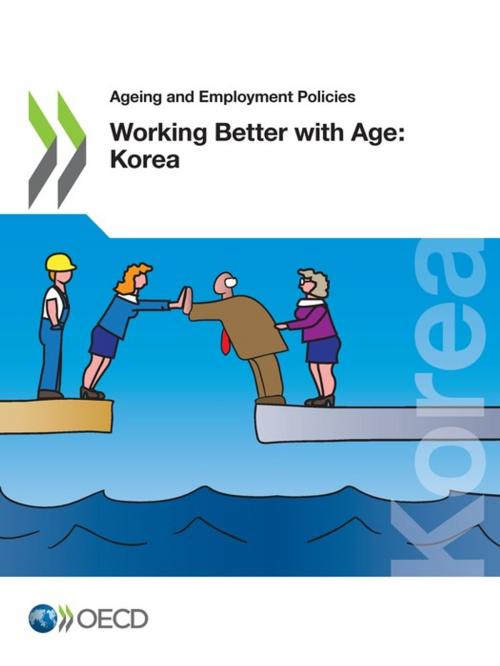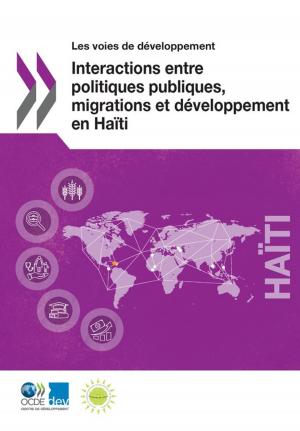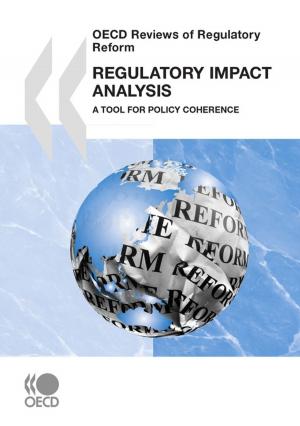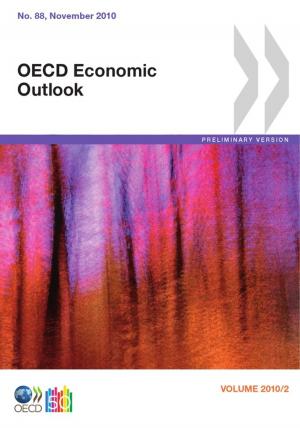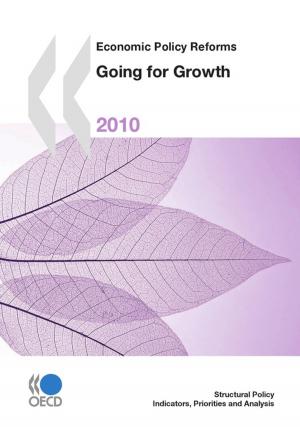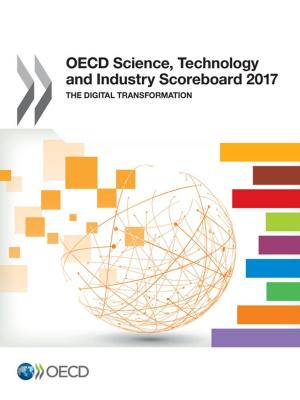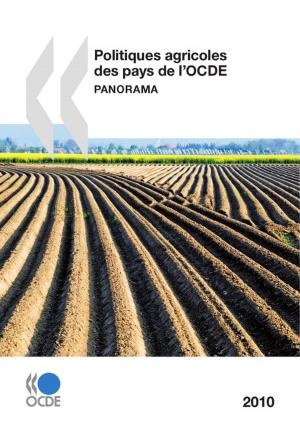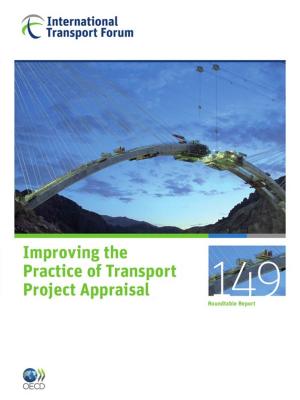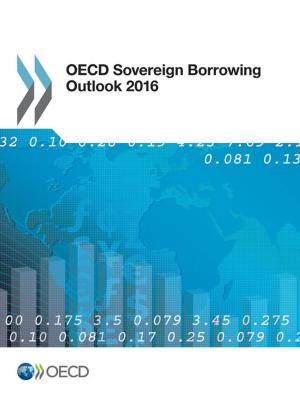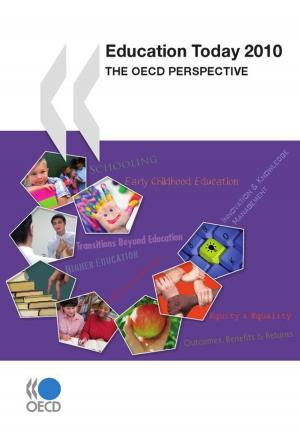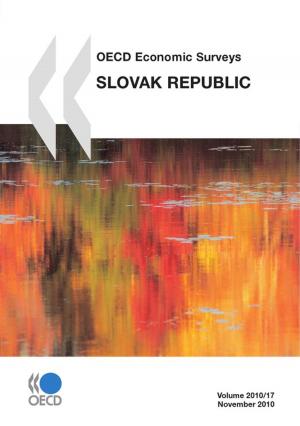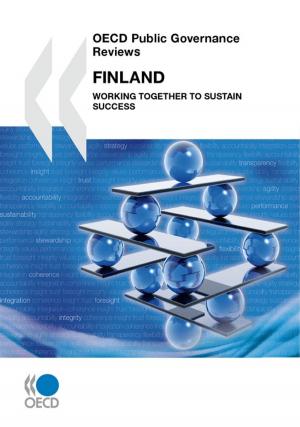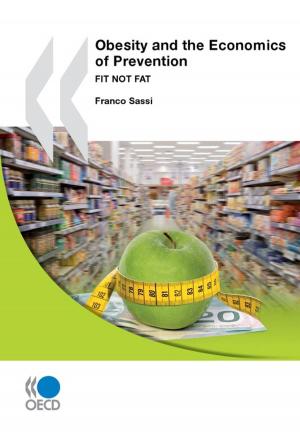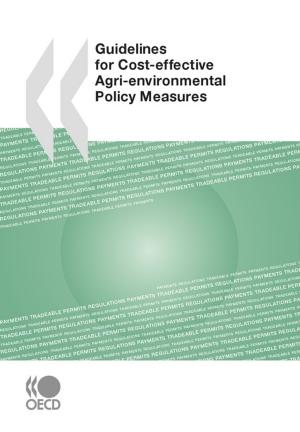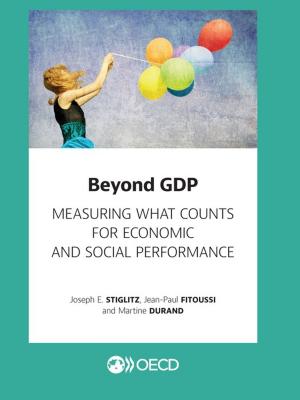| Author: | Collectif | ISBN: | 9789264308077 |
| Publisher: | OECD | Publication: | October 24, 2018 |
| Imprint: | OECD | Language: | English |
| Author: | Collectif |
| ISBN: | 9789264308077 |
| Publisher: | OECD |
| Publication: | October 24, 2018 |
| Imprint: | OECD |
| Language: | English |
Korea faces unique ageing and employment challenges. On the one hand, it will experience much faster population ageing than any other OECD country: the old-age dependency ratio (population aged 65+ over population aged 15-64), for example, is projected to increase from 20% today to around 70% in 2050. On the other hand, employment rates of older workers are already very high: in the age group 65-69, for example, 45% of all Koreans work compared with an OECD average of 25% (2016 data). However, most older people in Korea end up in poor-quality jobs after ending their core career in their early 50s, with low and insecure earnings and little or no social protection. This report looks at the reasons for the current labour market and income situation of older workers in Korea, especially the role of employment and employer practices. It examines the best ways forward for policy makers and employers to increase the quality of life and work of older workers whilst maintaining their high employment rate.
Korea faces unique ageing and employment challenges. On the one hand, it will experience much faster population ageing than any other OECD country: the old-age dependency ratio (population aged 65+ over population aged 15-64), for example, is projected to increase from 20% today to around 70% in 2050. On the other hand, employment rates of older workers are already very high: in the age group 65-69, for example, 45% of all Koreans work compared with an OECD average of 25% (2016 data). However, most older people in Korea end up in poor-quality jobs after ending their core career in their early 50s, with low and insecure earnings and little or no social protection. This report looks at the reasons for the current labour market and income situation of older workers in Korea, especially the role of employment and employer practices. It examines the best ways forward for policy makers and employers to increase the quality of life and work of older workers whilst maintaining their high employment rate.
